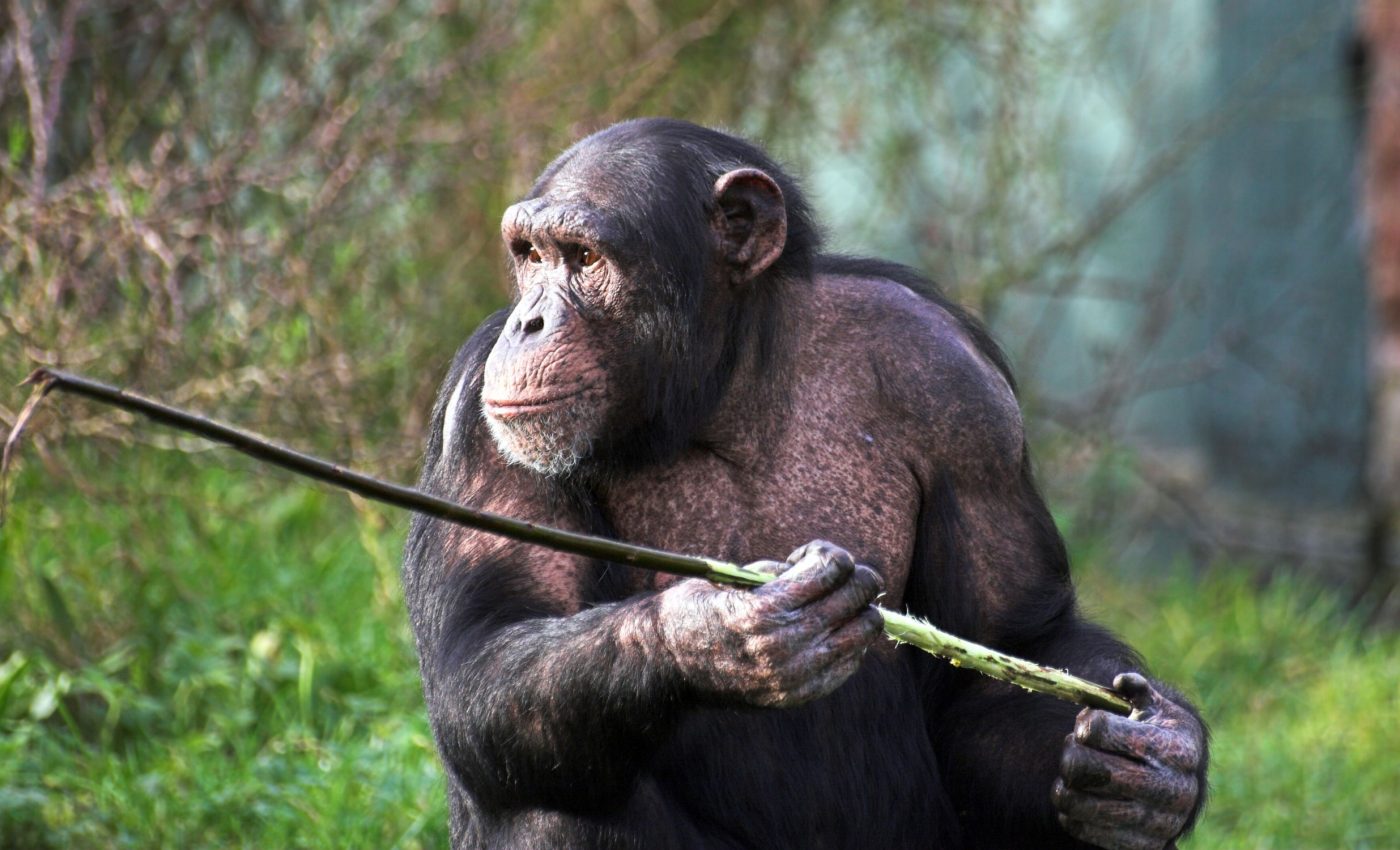
Chimpanzees use rhythmic drumming to communicate in forests
Chimpanzees are not the usual suspects when we think about musical beats. Yet recent work suggests they use patterns that might rival the rhythms many of us tap with our fingers.
Researchers have been eavesdropping on these apes as they drum on tree roots in forests across Africa. They believe this drumming could shed light on the roots of our own musical traits.
This investigation was steered by lead author Vesta Eleuteri, who is affiliated with the University of Vienna, Austria. She explains that the team set out to see whether certain groups had distinct drumming styles..
Chimpanzees drum rhythmic beats in forests
One part of their analysis showed that different chimpanzee populations developed regular percussive timing.
They were intrigued to discover that these patterns varied sharply between eastern and western groups, which was unexpected.
“We didn’t expect to see such clear differences in rhythm,” said Eleuteri. She noted the parallels between these drumming traits and human music.
Groups have unique drumming patterns
These apes often strike large aboveground roots with their hands or feet. Observers report that the resulting pulses can be heard deep in the surrounding forest.
Experts suggest they use these low-frequency beats to alert others to their location. Each community’s pattern seems to have its own identity, offering subtle cues to group members who might be far away.
Chimpanzees use distinct drumming styles
Scientists noticed that western chimpanzees appear to drum more quickly. Their eastern relatives tend to insert short and long intervals, creating a different pulse.
Some researchers think these differences might help chimps manage their social spacing. They point out that each group’s drumming style could reflect unique communication needs.
“Making music is a fundamental part of what it means to be human – but we don’t know for how long we have been making music,” said Catherine Hobaiter, from the University of St. Andrews.
She suggests that seeing such rhythmic organization in our closest relatives gives us clues about our shared past.
Some specialists believe these percussive qualities hint that musical roots stretch back millions of years. If chimps have intrinsic timing, our own ancestors might have tapped out beats before speech ever existed.
Recording chimp drumming poses challenges
Gathering these recordings in thick forests was tough. Teams dealt with patchy visibility and had to sift through hours of audio to isolate each drumming event.
Yet the acoustic clarity of those root strikes appears to carry well. Investigators suspect that might let group members stay aware of each other without daily face-to-face gatherings.
Drumming reveals cultural insights
Some think these varied beats could reveal how social structures shape cultural practices. Others see it as a window into early rhythmic skill that later blossomed into music.
Apes may not be forming bands, but they do offer glimpses into the building blocks of melodic expression.
Observers hope this will spark fresh conversations about when and why our ancestors first started making organized noise.
Humans have always puzzled over how our musical talents evolved. If an ape that shares much of our DNA relies on steady beats, then we might be tapping into a very ancient groove.
That possibility might open the door to deeper research on how rhythmic ability supports group cohesion. Song, dance, and shared drumming could have bridged gaps long before languages took shape.
Studying chimpanzee drumming patterns
Several labs aim to capture more detailed measurements of these drumming sequences. They want to see if local environments or group sizes lead to special patterns that differ from one site to another.
There is also interest in exploring how individual chimps learn these rhythms. If youngsters pick them up by mimicking adults, that might confirm a transmission process much like our own cultural traditions.
Experts emphasize that these findings are not about turning chimps into rock stars. They simply want to understand how drumming has evolved and how it connects to our musical identity.
Scientists suspect this beat-based communication could explain how early hominins might have adapted similar behaviors for more complex messages. Those messages could have eventually led to chanting or vocal music.
What does all of this mean?
No one knows exactly why certain groups seem to sync their hits, while others favor a shifting tempo. Future work may focus on the social payoffs of uniform or varied drumming.
Many suspect the chatter of buttress drumming helped shape chimp interactions for ages. Knowing how those beats work might decode an ancient puzzle about the roots of music.
Plenty of folks wonder if we will ever see chimps expanding this behavior into new activities. Time will tell if there is more complexity lurking behind these drum-like signals.
For now, these revelations remind us that humans are not the only ones with a sense of rhythm. Chimps have a knack for turning tree roots into a forest-wide broadcast. There remains a world of possibility still truly waiting to be uncovered.
The study is published in Current Biology.
—–
Like what you read? Subscribe to our newsletter for engaging articles, exclusive content, and the latest updates.
Check us out on EarthSnap, a free app brought to you by Eric Ralls and Earth.com.
—–













